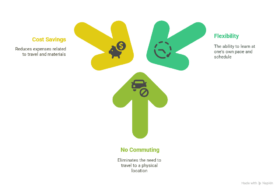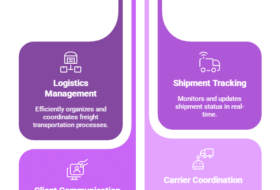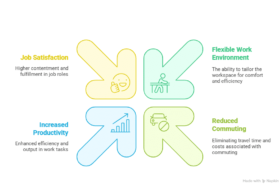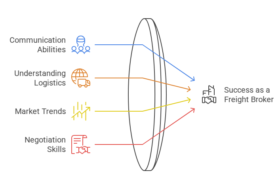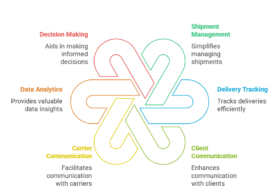[box type=”shadow”]
Anyone who obtains a commercial driver’s license (CDL) to operate a commercial vehicle in the United States must pass a pre-employment drug test, according to federal Department of Transportation (DOT) regulations. The test screens for marijuana, cocaine, opiates, amphetamine, methamphetamine and phencycladine (PCP). Employers can also ask job candidates to be screened for alcohol abuse. When a driver’s job performance leads an employer to suspect drug or alcohol abuse, additional tests are required.[/box]
[box type=”shadow”]
Procedures
The U.S. Department of Health and Human Services has established procedures for collecting urine and breath samples from commercial drivers, testing them for drug and alcohol abuse, and reporting the results to drivers and their employers. Only certified laboratories can perform the tests.[/box]
[box type=”shadow”]Results
A driver with a positive drug test has the right to discuss the results with a medical review officer (MRO), a licensed physician with knowledge of DOT rules and an understanding of substance abuse. The driver can explain any special circumstances that may explain a positive test. Afterward, the MRO reports the failed test results to the driver’s employer.[/box]
[box type=”shadow”]Consequences
No driver who tests positive for drugs or refuses to take the test can perform safety-sensitive duties until completing education and treatment with a substance abuse professional (SAP). This process includes a written follow-up plan with at least six unannounced drug tests in the 12 months after the driver returns to work. More tests may be required.[/box]


